Ways to Support Prison Yoga ProjectJoin Us in Putting Healing at the Center of the Solution
Become a Facilitator
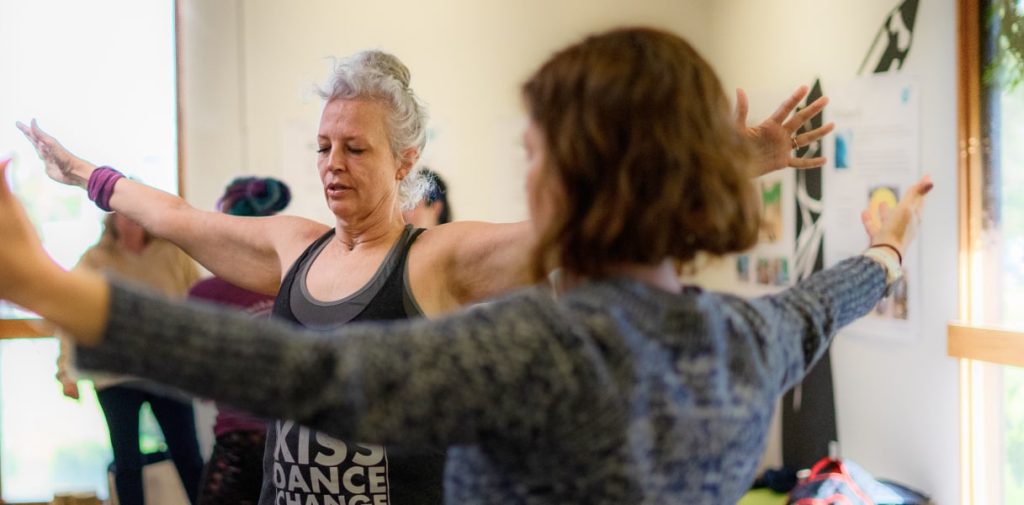
If you’d like to become a yoga facilitator — regardless of prior experience — or to enhance your skills through training with an established leader in trauma-informed yoga and mindfulness, we have a training program that will meet you where you are.
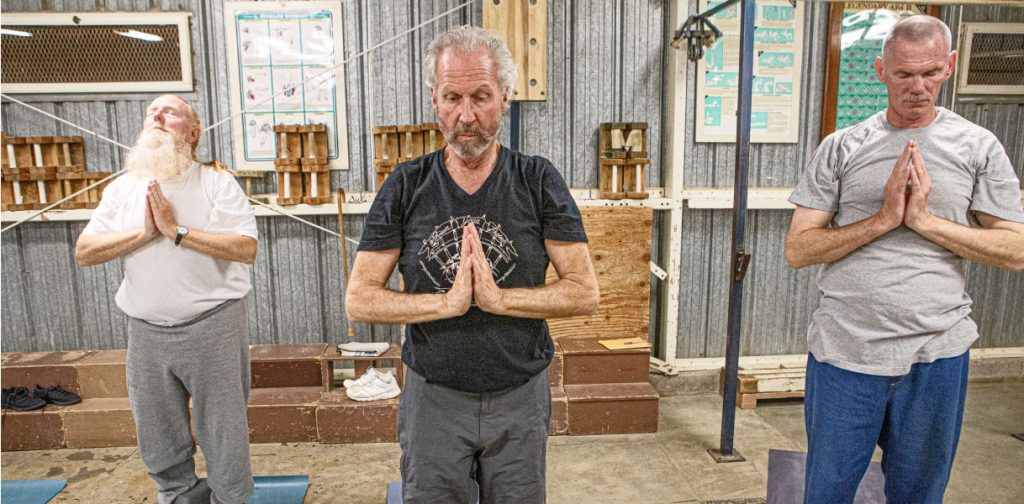
Becoming a facilitator with Prison Yoga Project is potentially the most rewarding way to engage with us and the communities we support. If you’re already a yoga facilitator with trauma-informed training, we encourage you to complete a Facilitator Application.
Support Our Mission
Your support does more than transform lives — it drives social change. By funding the Prison Yoga Project, you’re investing in a proven solution that promotes healing and creates safer communities. Your contributions help us expand our programs into new facilities, train a diverse community of facilitators, and provide essential resources to participants. As we demonstrate the cost-efficiency and impact of our programs, we strengthen our case for society to adopt a healing-centered approach.
Donate Today
Every contribution plays a crucial role in furthering our mission. A gift of $10 covers the cost of sending a book to someone reaching out for support. $200 covers the cost of yoga mats for an entire class. Monthly giving ensures we can continue to reach more individuals every day. Stand with us — your ongoing support makes a continuous impact.
Donate today to show your dedication to transforming justice through healing!
Sponsor a Local Program
A significant way you or a group of friends, family, or colleagues can impact the lives of people impacted by incarceration in your community is to sponsor a local program. A contribution of $9,600 fully funds a program in your community and provides vital income for a facilitator working to make a difference.
Contact us to let us know you’re interested in sponsoring a local program, and we’ll send you details on how we can help you make that happen.
Support Our Scholarship Program
We believe that those most impacted should be part of the solution. We seek to empower these people on their healing journey so they can bring healing to others in their communities.
In 2023, the Prison Yoga Project awarded more than $120,000 in scholarships, benefiting 227 recipients directly and thousands more indirectly. These scholarships are not just about training yoga teachers; they aim to diversify voices and bring healing to those who need it most. More than 70% of our recipients are either formerly incarcerated or have family members who are currently or formerly incarcerated. Fifty percent are BIPOC. Fifty-seven percent earn less than $35,000 a year.
We need your help to keep this transformation going. A donation of $2,880 covers the full tuition for our yoga teacher certification training. Smaller donations — $50, $100, or $500 — add up quickly.
Major Donors, Foundations, and Corporate Funding
Your substantial support sustains long-term initiatives that have the power to reshape communities. A major gift can fund the development of new training curriculums, support the expansion of our services into new states, or underwrite research that documents the efficacy and benefits of our approach. With your help, we can scale our impact and advocate for policy change, proving that healing-centered methods are not only viable but necessary.
Contact us to discuss how your funding can be most effectively utilized and join us in setting a new standard for societal healing.
More Ways to Get Involved
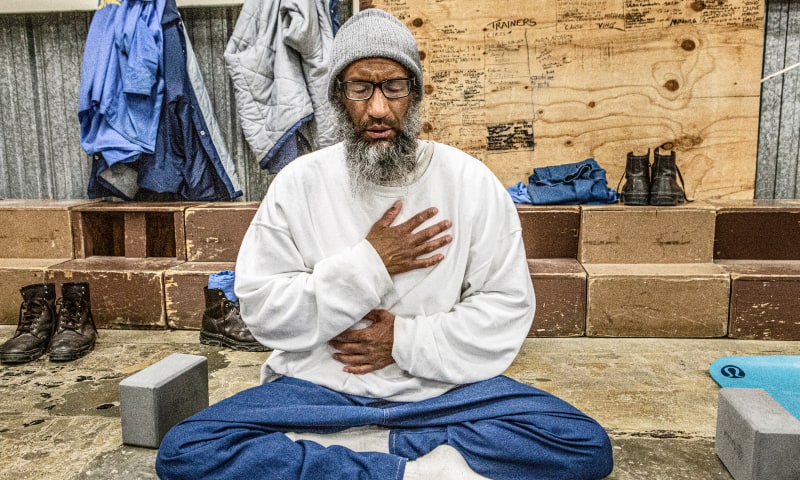
Are you interested in introducing a new program to your facility? We offer a range of options, from deploying experienced facilitators to training your staff, and providing supportive printed or digital materials. Submit a Program Request, and let’s collaborate to tailor a solution that meets your specific needs.
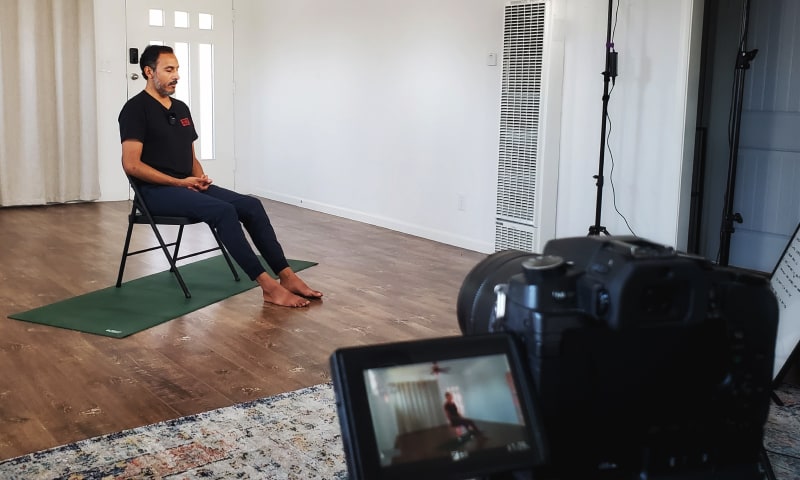
Does your organization support healing-centered alternatives? We look for partners whose values resonate with ours and where the potential for mutual benefit is clear. By joining forces, we can amplify our impact and expand our reach to those in need. Contact us to explore how we can collaborate towards a shared vision for transformative change.
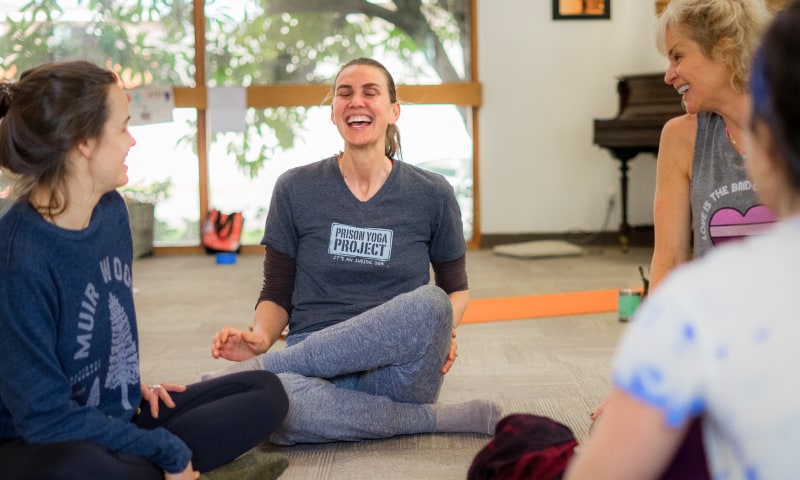
Join our community dedicated to bringing the healing power of yoga to incarcerated individuals. Together, we can make a meaningful impact for justice-impacted individuals.
Join Our Newsletter
Get the latest yoga and mindfulness tips, as well as news from PYP and what we are doing to support incarcerated people around the world.
Yoga has taught me that in order for me to be successful in life (relationships, prison, and re-entry into society) I must learn how to handle stressful situations.
RJ Donovan State Prison, San Diego, CA
